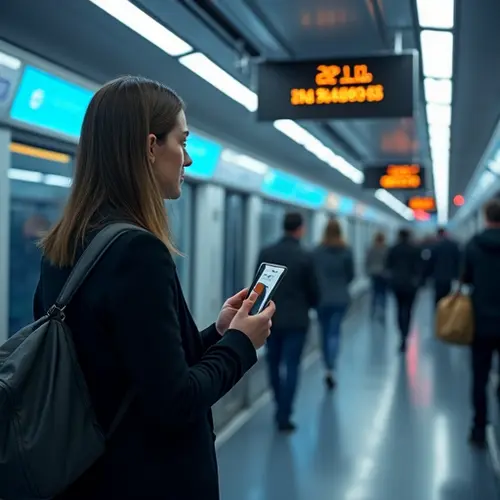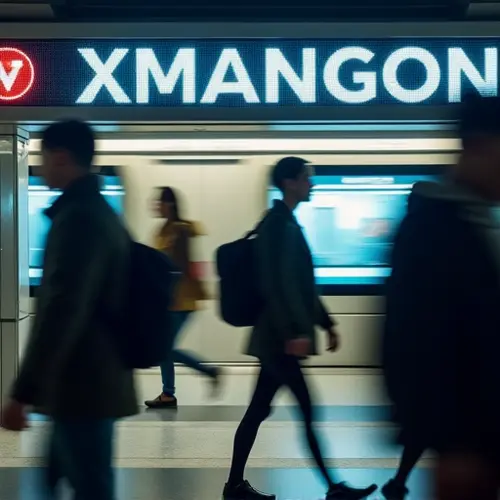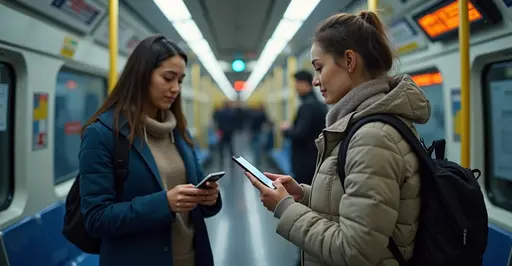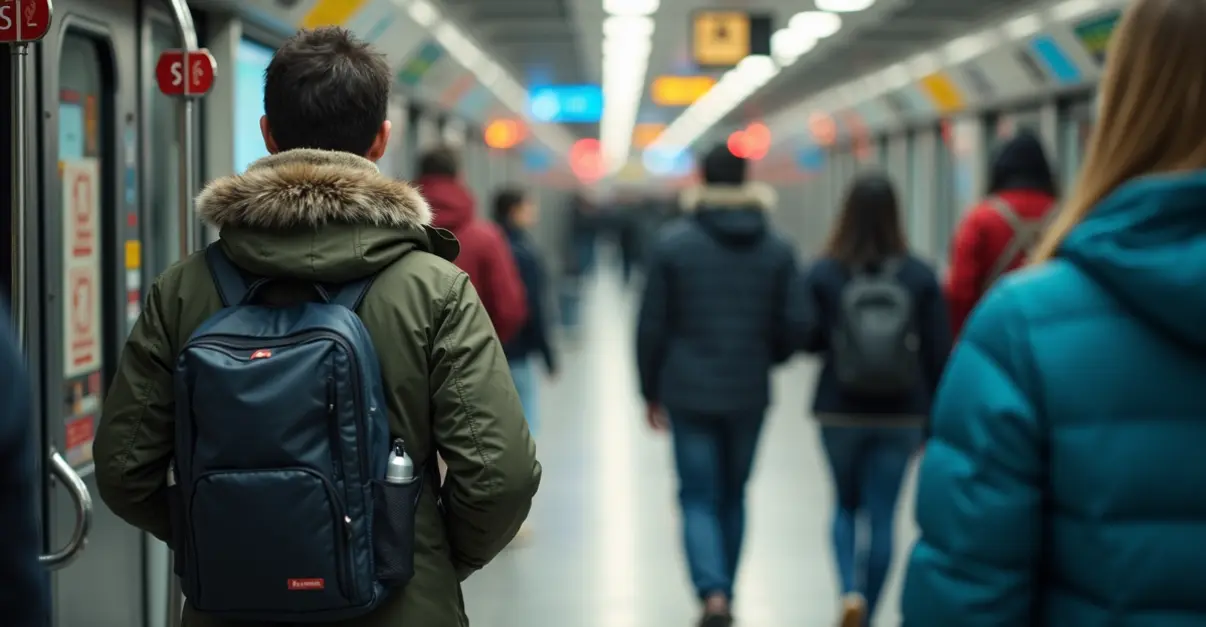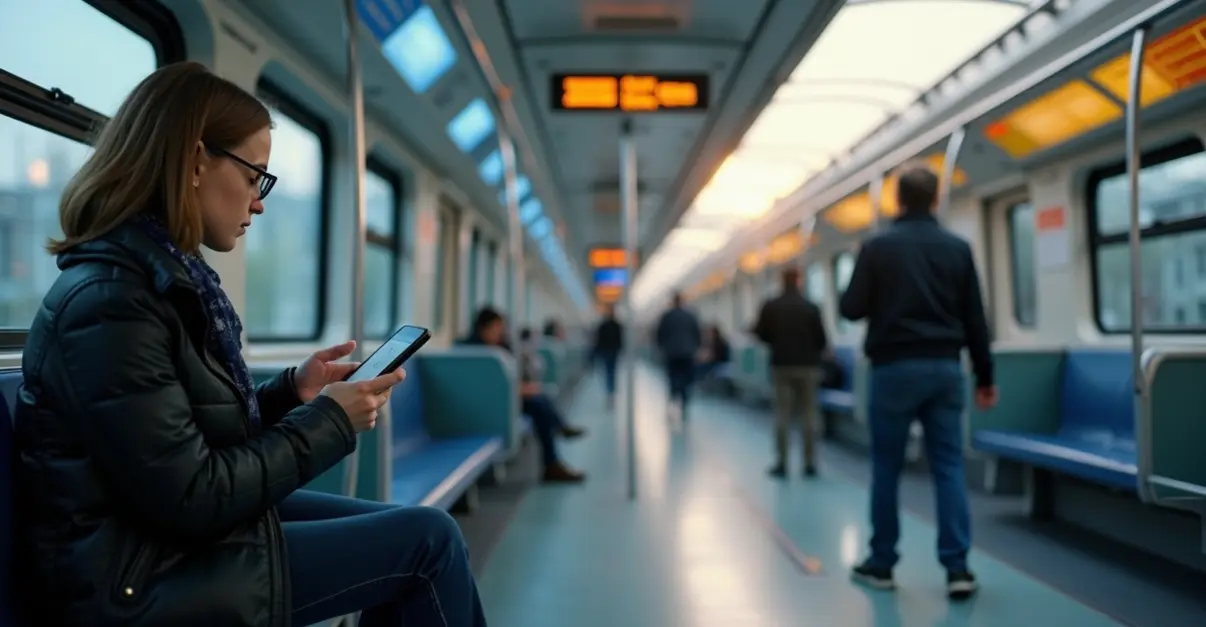Public transit contact tracing apps face intense privacy scrutiny as they become permanent fixtures. The debate centers on balancing public health benefits with data protection concerns, with advocates divided over surveillance risks and equity implications.
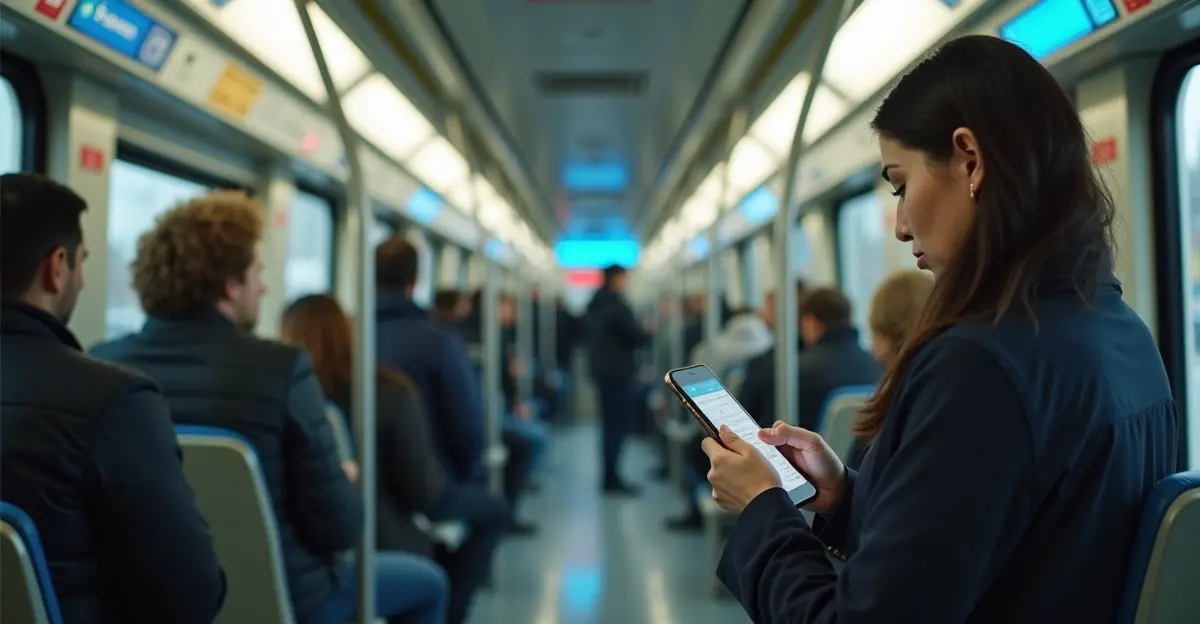
The Privacy Debate Intensifies as Public Transit Embraces Contact Tracing
As public transportation systems worldwide continue to implement contact tracing applications in 2025, a fierce debate has emerged between public health advocates and privacy experts over the delicate balance between safety and data protection. These digital tools, initially developed during the COVID-19 pandemic, are now being integrated into public transit networks as permanent fixtures, raising fundamental questions about surveillance, consent, and the future of urban mobility.
The Technology Behind the Controversy
Most modern contact tracing apps for public transit rely on Bluetooth technology to detect proximity between users' smartphones. Unlike GPS-based systems that track exact locations, Bluetooth-based apps create anonymous identifiers that log when devices come within close range of each other. When a user tests positive for an infectious disease, the system can notify other users who were potentially exposed without revealing personal identities or specific locations.
However, privacy advocates argue that even these supposedly anonymous systems can be vulnerable to re-identification attacks. 'The fundamental problem is that we're creating massive databases of social interactions without adequate safeguards,' explains Dr. Sarah Chen, a digital privacy researcher at Stanford University. 'While the intention is public health protection, the infrastructure being built could easily be repurposed for mass surveillance.'
Global Implementation and Local Concerns
Singapore's TraceTogether app, which became a model for many transit systems, demonstrated both the potential and pitfalls of this technology. The city-state achieved remarkable success in containing outbreaks through its integrated approach, but also faced criticism when it was revealed that police could access contact tracing data for criminal investigations. This revelation sparked public outrage and led to legislative changes limiting data access to serious crimes only.
In Europe, the situation varies significantly between countries. Germany's Corona-Warn-App has been praised for its decentralized approach and strong privacy protections, while France's TousAntiCovid faced legal challenges over data retention policies. 'We've learned that transparency and public trust are non-negotiable,' says Markus Weber, a data protection officer with Berlin's public transit authority. 'Our system only stores data locally on users' devices and deletes it after 14 days. This technical design choice was crucial for gaining public acceptance.'
The American Landscape: Legislation and Litigation
In the United States, the situation remains fragmented. Several states have introduced legislation like the Exposure Notification Privacy Act, which aims to establish clear boundaries for contact tracing data usage. However, implementation varies widely between transit agencies, with some opting for voluntary systems while others consider mandatory requirements for certain routes or services.
The American Civil Liberties Union has been particularly vocal about the equity implications. 'We cannot ignore the digital divide,' notes ACLU senior policy analyst Maria Rodriguez. 'Lower-income communities, elderly riders, and people without smartphones are systematically excluded from these systems. We risk creating a two-tiered public health response that leaves vulnerable populations behind.'
Industry Response and Technical Solutions
Technology companies have responded to privacy concerns with new frameworks and standards. Apple and Google's joint Exposure Notification System, which forms the backbone of many transit apps, uses cryptographic techniques to ensure that personal data never leaves users' devices. The system generates random identifiers that change every 10-20 minutes, making it difficult to track individuals over time.
However, critics argue that even these protections may be insufficient. 'The problem isn't just technical—it's about governance and accountability,' says Professor James Wilson of MIT's Technology and Policy Program. 'We need independent oversight, regular audits, and sunset clauses that automatically terminate data collection when the public health emergency ends.'
Looking Forward: The Future of Transit Surveillance
As public transit agencies plan for the long-term integration of contact tracing technology, several key questions remain unresolved. Should these systems become permanent features of urban infrastructure? What level of public consent is required? How can we ensure that the benefits of disease prevention don't come at the cost of fundamental privacy rights?
Recent research from the University of Oxford suggests that successful implementation requires addressing these concerns proactively. Studies show that public acceptance depends heavily on perceived trustworthiness, with clear communication about data usage and strong legal protections being essential components.
'The conversation has shifted from whether we should use these technologies to how we can use them responsibly,' observes transit policy expert Dr. Elena Martinez. 'The challenge is building systems that protect both public health and civil liberties. It's not an either-or proposition—we need solutions that achieve both objectives.'
As cities worldwide continue to navigate this complex landscape, the debate over contact tracing in public transit serves as a microcosm of larger questions about technology, privacy, and the public good in the digital age. The decisions made today will likely shape urban mobility and public health infrastructure for decades to come.

 Nederlands
Nederlands
 English
English
 Deutsch
Deutsch
 Français
Français
 Español
Español
 Português
Português




